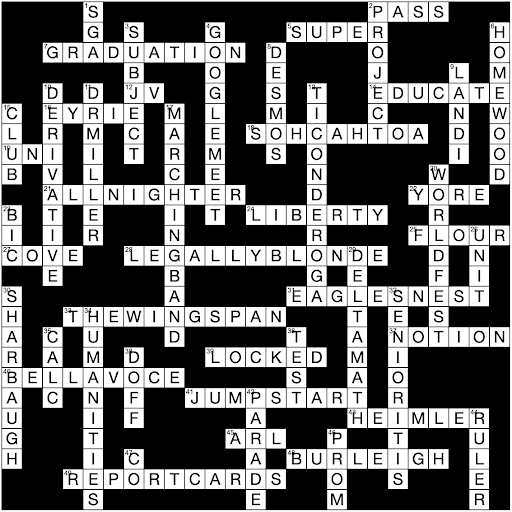Words: Nicholas Klein
For most students classes start in late August and end in mid June. For some students, however, that is not the case. In addition to the regular classes that they take during the school year, many students take additional classes over the summer.
Taking classes over the summer is not just a quick lecture for one day, most summer classes last for about four hours each day for one to two weeks. The classes are held Monday through Friday, and for some, there are tests and homework, just like a normal class. Though some of the classes count for high school credits, others are specifically made to enrich a student in a specific area, and may serve as more of a helpful program.
Because of the limited time frame, the lessons are a lot more general and fast paced. Many of the classes are held in places such as community centers and college campuses, which can be both residential and non-residential. Applications must be filled out before the summer starts in order to ensure that students get a spot in the course and all the required paperwork is completed.
“I’m taking a pre-calculus course over the summer,” says Adam Kelemen, a sophomore at Centennial High School.
“I want to know pre-calculus before I’m a junior so that I can take Physics C that year,” said Kelemen.
Physics C is a course that uses a lot of complex math that is made easier by the things learned in pre-calculus.
“The class is held on the weekdays for two weeks in a row, with classes being four hours long each day,” says Kelemen.
The pre-calculus course does have tests every so often, as it is required by the curriculum.
Although many students see summer classes as a punishment for bad grades, other students see it as an opportunity to get ahead. The classes allow the students to take more advanced classes sooner and make it easier to surge ahead in school. They are not the most popular summer activity, but summer courses are some of the most successful ones.



